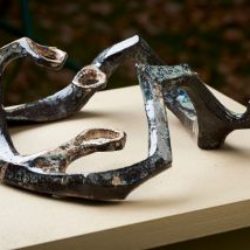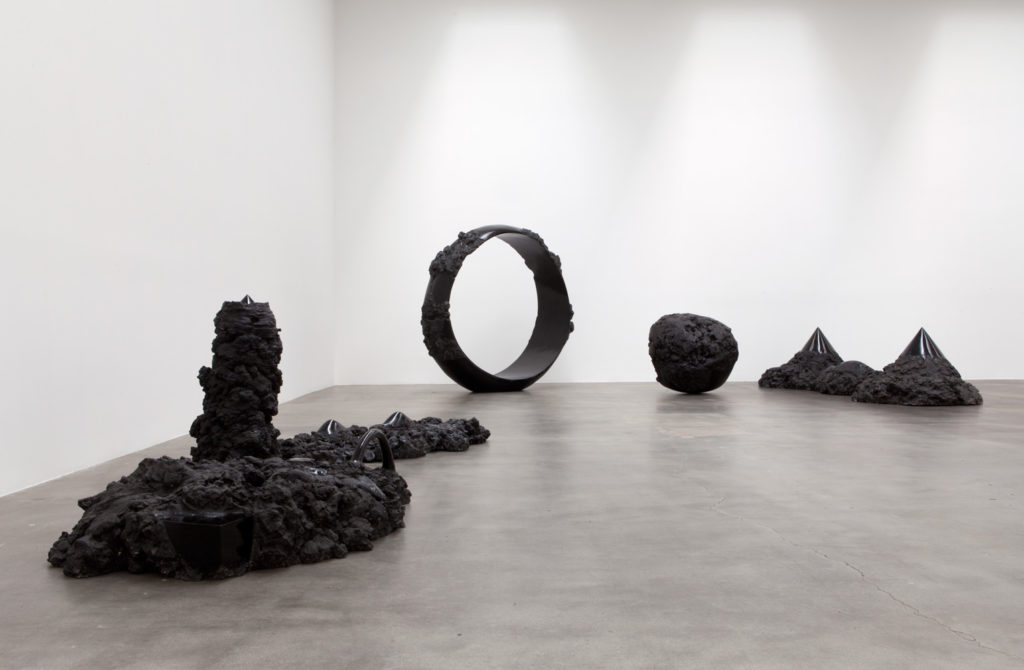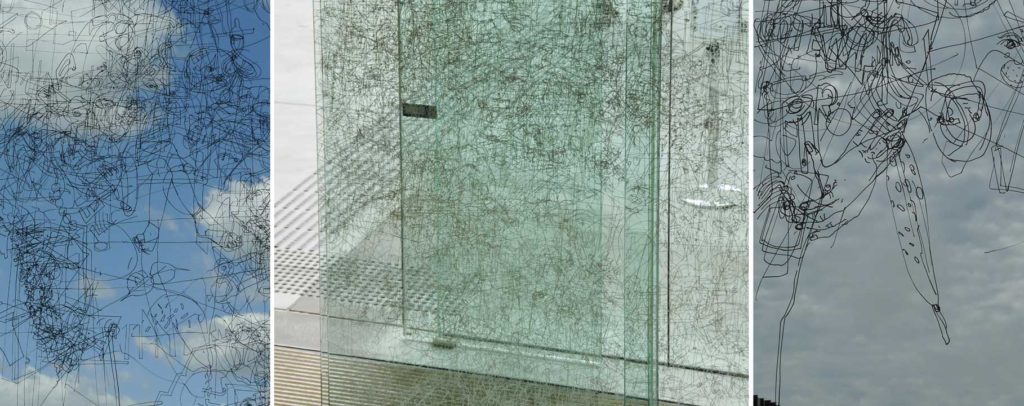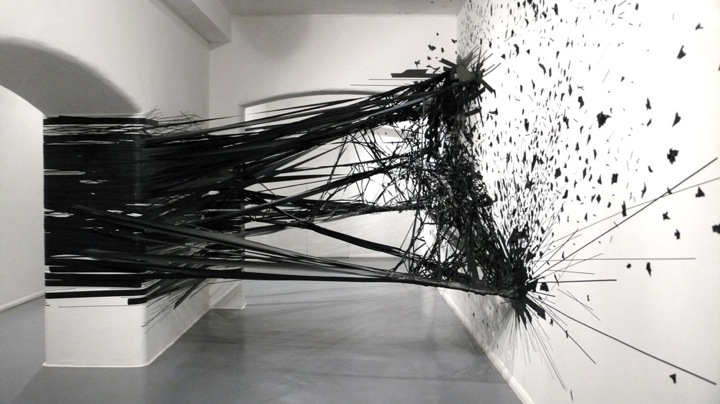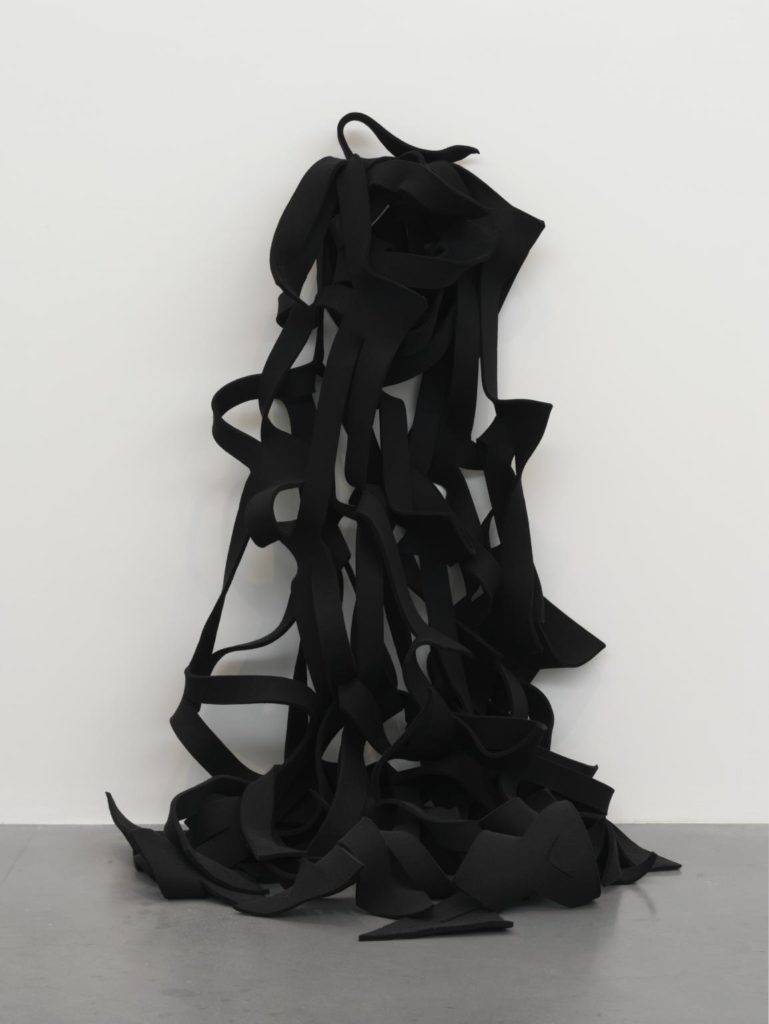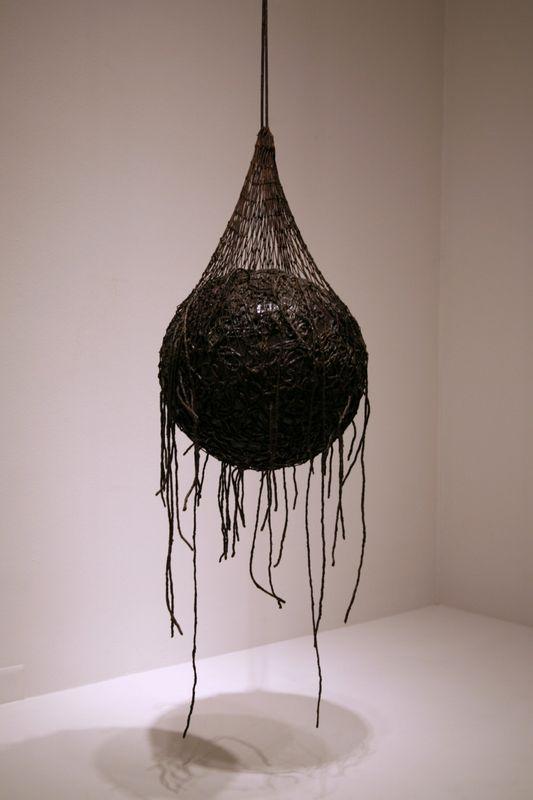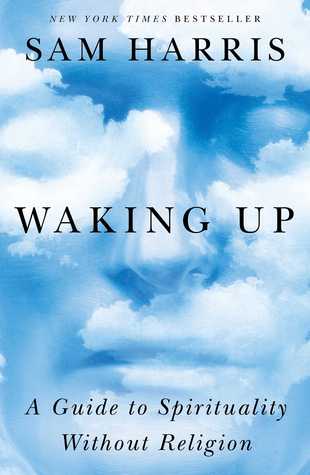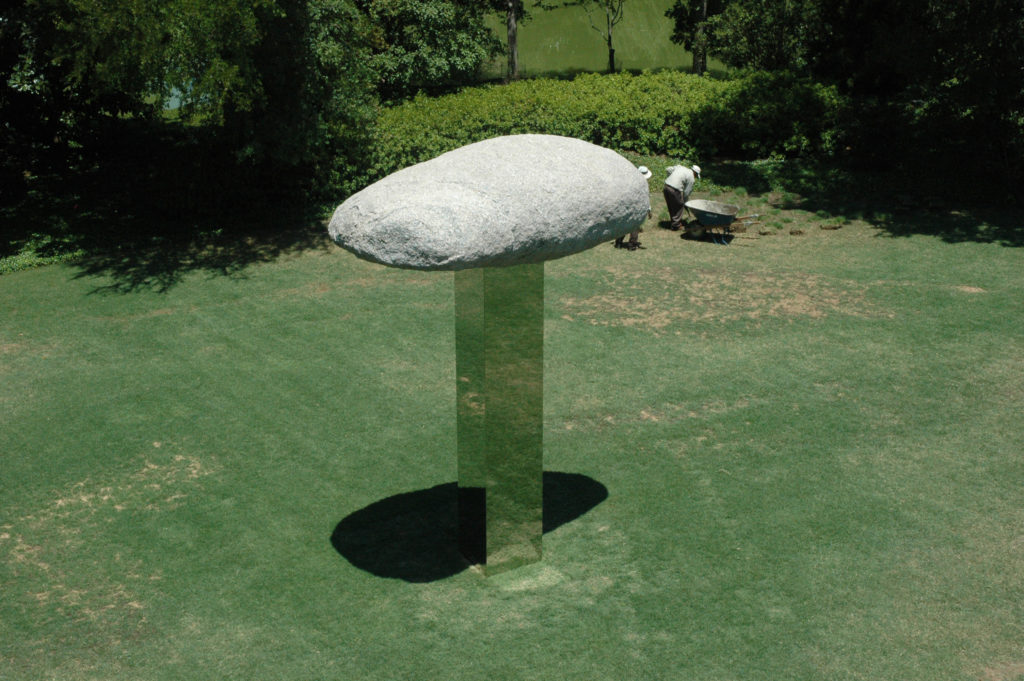
Artist : Nobuo Sekine
Year : 1975
Size : 5 15/16 x 35 7/16 x 35 7/16 inches
Media : Bronze
connection between this artwork and my practice:
Sekine was one of the artists in Gutai group, his works are about the idea of relationship between artist and the materials, He has also worked on relationship of the object in space.
The phase of nothingness was the period of time which he was interested in topology, which is the reason behind the title “phase”. In this artwork the idea started from a suspended stone of Japanese garden, which he decided to suspend. As he couldn’t go against the gravity he decided to use stainless steel to reflect the surroundings and creates the feeling of the stone floating in the air.
The connection with my work is in the way he uses materials which complete each other’s existence. By placing one next to the other the normal meaning of the object changes. Each material is separately usual but by placing them next to one another he creates a new unusual experience. They are in contrast but they complete each other. The newness of the object, relationship of it with the space and how the space can add extra dimensions to the work is interesting for me. Also the type of materials which sit together is important, changing one of them can change all of the experience.
Keywords: choice of materials, reflection of space in the material, importance of materials

